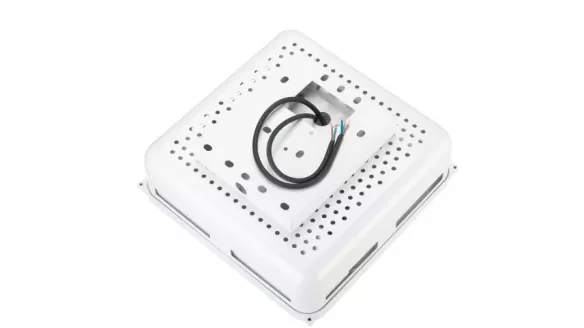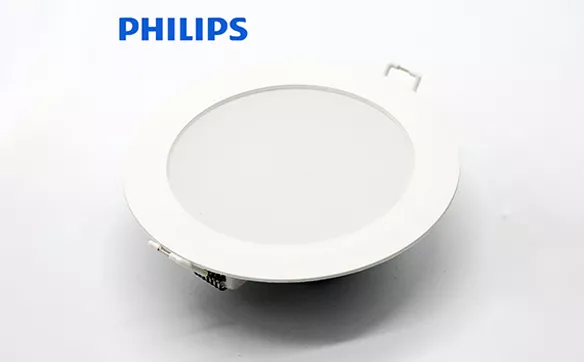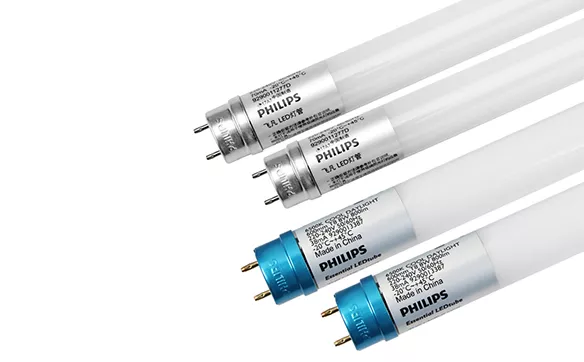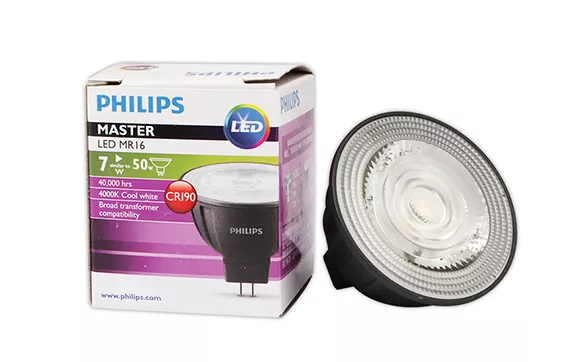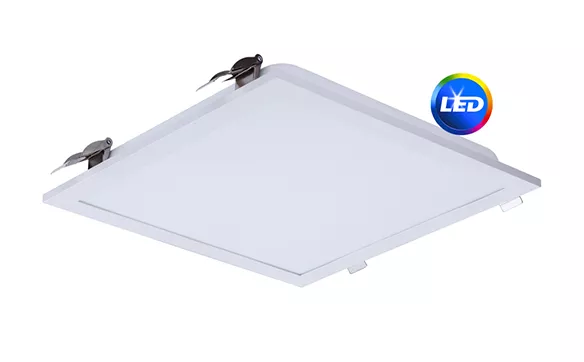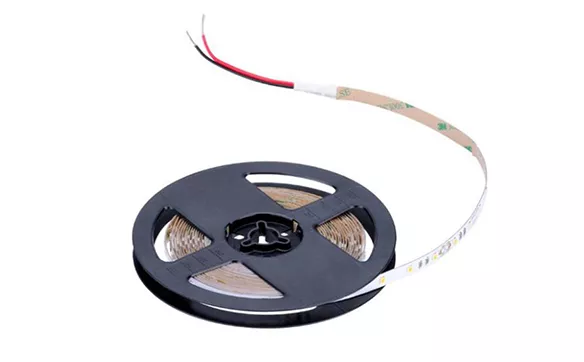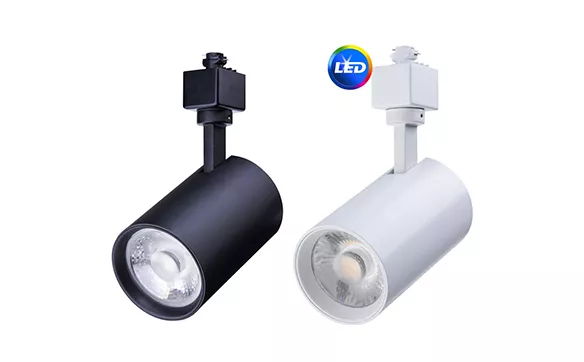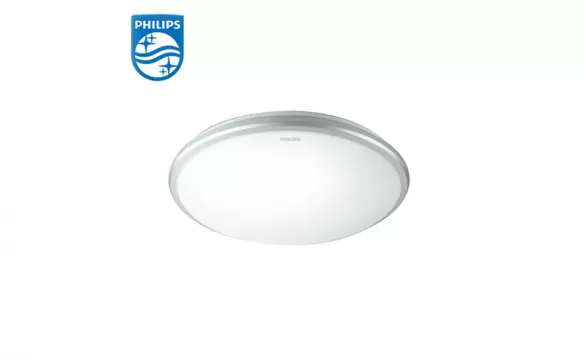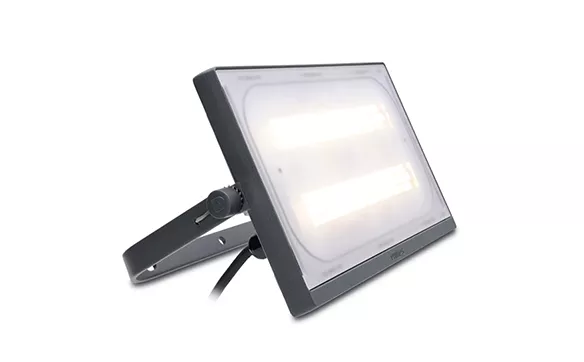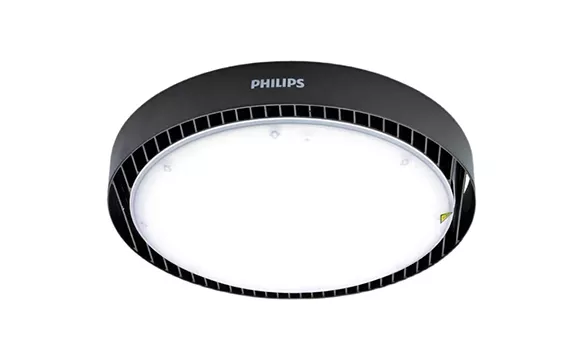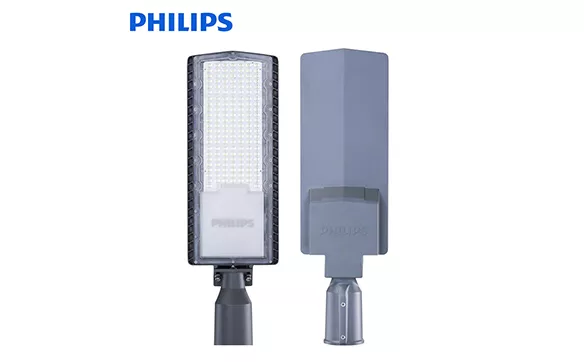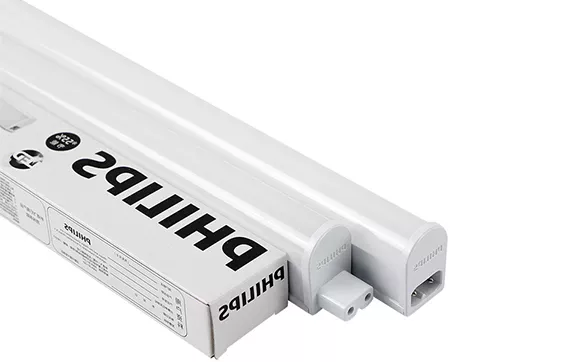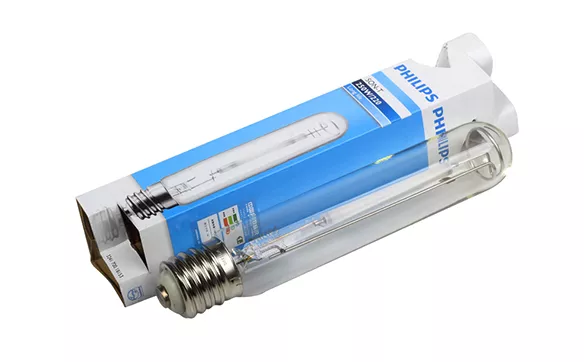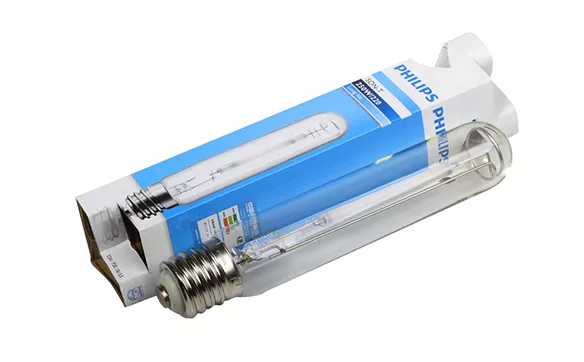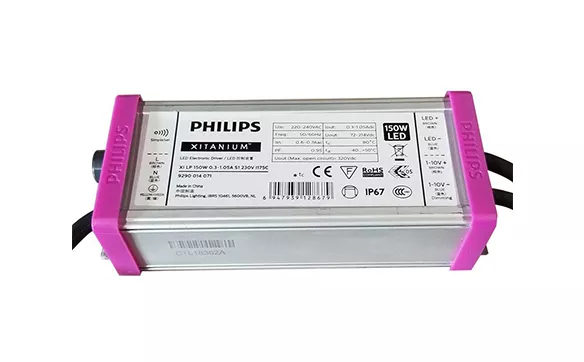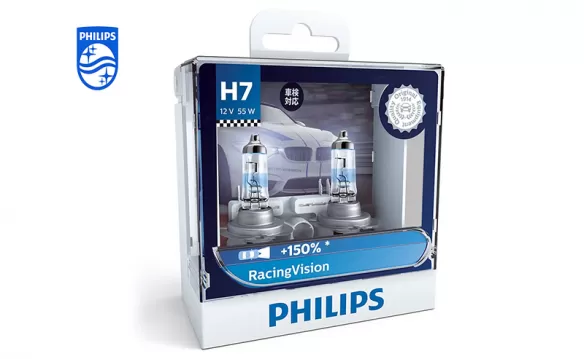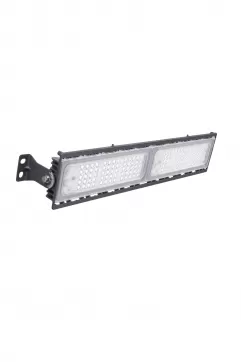In the world of automotive lighting, Philips automotive LED bulbs stand out as a top choice for drivers looking to upgrade their vehicles. With their advanced technology, longevity, and superior performance, these LED bulbs provide an affordable and reliable solution for enhancing your car's lighting. This article explores everything you need to know about Philips automotive LED bulbs, from installation to benefits and compatibility.
Why Choose Philips Automotive LED Bulbs?
Enhanced Visibility and Safety
Philips LED bulbs offer superior brightness compared to traditional halogen bulbs. Their high-intensity light output provides better road visibility, improving safety during nighttime driving and in adverse weather conditions.
Energy Efficiency
Unlike traditional halogen bulbs, Philips LED bulbs consume significantly less power. This means less strain on your car's electrical system and improved overall energy efficiency.
Longer Lifespan
Philips LED bulbs are built to last. They can operate up to 10 times longer than halogen bulbs, reducing the need for frequent replacements and saving you money in the long run.
How to Install Philips LED Bulbs
Installing Philips automotive LED bulbs is straightforward if you follow the correct steps:
1. Identify the Correct Bulb Type
Check your vehicle's manual or use Philips' bulb compatibility tool to find the appropriate LED bulb for your car.
2. Remove the Old Bulb
Turn off your vehicle and carefully remove the old bulb from the headlamp housing. Be sure not to touch the glass of the new LED bulb, as oil from your fingers can reduce its lifespan.
3. Insert the LED Bulb
Philips LED bulbs have a positive and negative side, so ensure they are inserted in the correct direction. If the bulb does not light up after installation, flip it to reverse the polarity.
4. Secure the Bulb
Some installations may require a connector ring to secure the LED bulb in place. Follow the instructions provided with the bulb for a snug fit.
5. Test the Bulb
Once installed, turn on your vehicle to ensure the LED bulb is functioning correctly. Adjust the alignment if necessary to avoid glare for oncoming drivers.
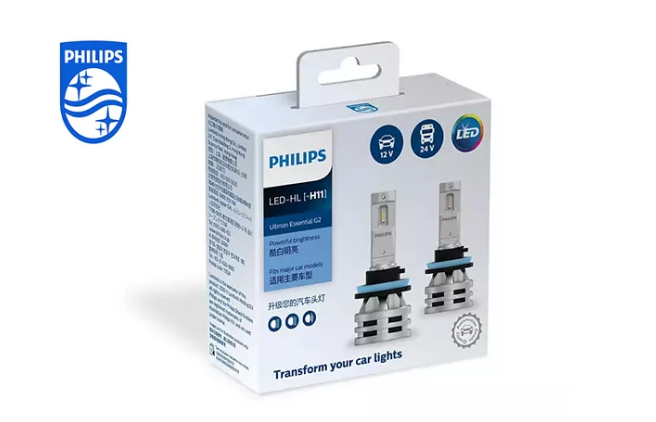
Key Benefits of Philips Automotive LED Bulbs
1. Superior Durability
Philips LED bulbs are designed to withstand extreme conditions, including vibration, temperature fluctuations, and moisture. Their robust construction ensures reliable performance in any environment.
2. Cost-Effective Solution
Although the initial cost of LED bulbs may be higher than halogen bulbs, their extended lifespan and reduced energy consumption make them a cost-effective choice in the long term.
3. Modern Aesthetic Appeal
Philips LED bulbs emit a crisp, white light that gives your vehicle a modern and stylish appearance. This aesthetic upgrade can significantly enhance the overall look of your car.
Avoiding Common Issues with Philips LED Bulbs
Flickering or Dimming
Some vehicles may experience flickering or dimming when upgrading to LED bulbs. To resolve this, use a Philips CANbus adapter, which ensures proper power delivery and eliminates error messages.
Error Messages
Certain car models have sensitive electronic systems that may display error messages after LED installation. A CANbus adapter can also help in such scenarios by ensuring compatibility with your vehicle's system.
Improper Fit
Ensure you have the correct connector ring or adapter for your specific vehicle model to secure the LED bulb in the headlamp housing. This will prevent movement and ensure optimal light alignment.
Compatibility with Vehicle Models
Philips headlight bulbs are compatible with a wide range of vehicles. To determine if your vehicle supports Philips LED bulbs:
- Use the Philips road-approved compatibility list available on their website.
- Consult your vehicle's manual or a trusted automotive technician.
Keep in mind that some older car models may require additional components like CANbus adapters or connector rings to ensure seamless installation.
Factors to Consider When Upgrading to LED Bulbs
Legal Compliance
Before upgrading, check your local regulations regarding the use of LED bulbs in headlights. Philips provides road-approved LED bulbs that comply with safety standards in many regions.
Brightness Level
Choose the right brightness level for your needs. Overly bright bulbs can cause glare, while underpowered bulbs may not provide adequate visibility.
Color Temperature
Philips LED bulbs are available in various color temperatures, from warm yellow to cool white. Opt for a color temperature that complements your vehicle's aesthetics and provides optimal visibility.
Conclusion
Philips automotive LED bulbs are a smart investment for any vehicle owner. They offer unparalleled brightness, energy efficiency, and durability, making them a practical upgrade from traditional halogen bulbs. By following the proper installation steps and using compatible accessories like CANbus adapters, you can enjoy the full benefits of these high-performance bulbs. Whether you're looking for enhanced visibility, modern aesthetics, or long-lasting reliability, Philips LED bulbs deliver on all fronts.


